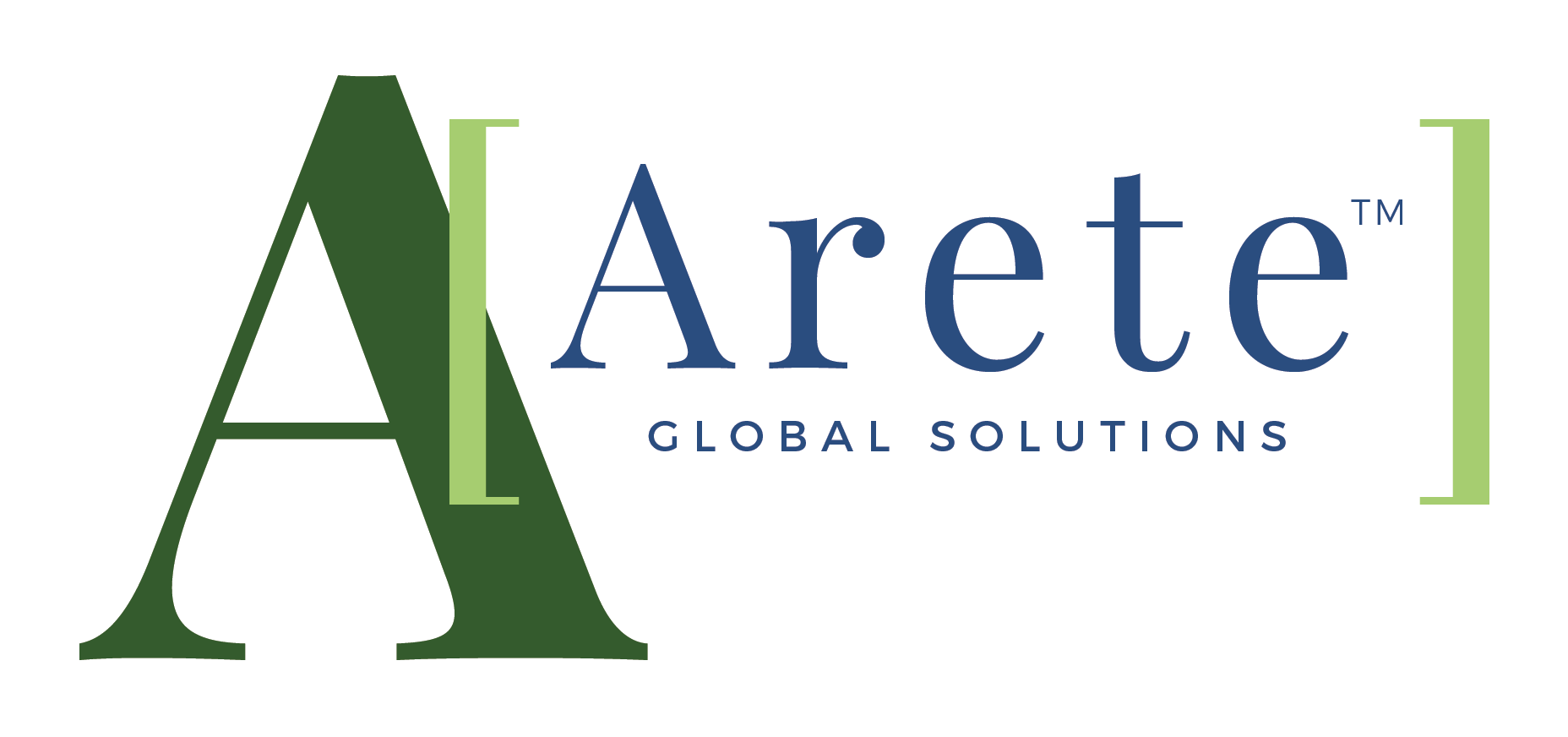From Prior Posts in This Series…
In part 1, I introduced the complexity topic and provided some sample online definitions. I also discussed some sources of complexity. In Part 2, I provided a case study showing several significant challenges that were the result of lack of deep planning and health checks before the project began executing.
Most recently, Part 3 began with Situation 1, Embracing the Change Management Value Proposition. In this post, I’ll discuss finding mandatory internal administrative processes. This is an expanded discussion on the case study presented in Part 2.
SITUATION 2
Our program objectives were to improve compliance with Sarbanes-Oxley (SOX) regulations for a global safety / science company through process changes and new technology. This included significant changes and impacted employees beyond the US. Two third-party integration partners were involved to connect technologies. Each of the three companies invested with dedicated and part-time resources.
Planning Related Symptoms
Assessment Thoughts
In this situation, we completed the kickoff meeting and were full-speed ahead ready to begin executing. All resources were allocated, engaged and scheduled. The three issues were found upon receipt of calls from the two committees and the accounting team. Each indicated that our project was to be frozen until we completed the pre-project requirements.
The adherence to the two methodologies required significant writing and template completion work which was divided between the program manager and me, the project manager. Review meetings and the logistics of multiple approvals also had to be addressed. Unfortunately, I had joined the program one week prior to kick-off and had limited background knowledge. The prework was challenging and stressful. Throughout the two-and-a-half-week catch-up process, the rest of the team was either waiting or went back to their “regular day-jobs”. Not only did we lose time and expand the program costs, but we compromised the momentum and engagement we had developed up to and including the kickoff.
Conclusions / Wrap-Up
An environment assessment process would have helped to identify the applicable methodologies and review processes. It would also have allow us to integrate the tasks into the program schedule. These should have been addressed prior to kickoff and/or before the large groups of resources were engaged. An important aspect of my work often includes “archaeology” – digging holes and looking for important information. This would have been useful during a more rigorous planning process.
Your thoughts and comments on this post are invited and always welcome. Please share your stories of how challenges with unexpected administrative prerequisites were overcome.
In the next installment of this series, I’ll talk about Situation 3 and the value of proactively handling vendor governance.
Want Tips for Unraveling Complexity?

Get a copy of our new resource:
7 Tips for Unraveling Complexity Without Tearing Your Hair Out
Please enter a few contact details and the document will be available for viewing and download.


